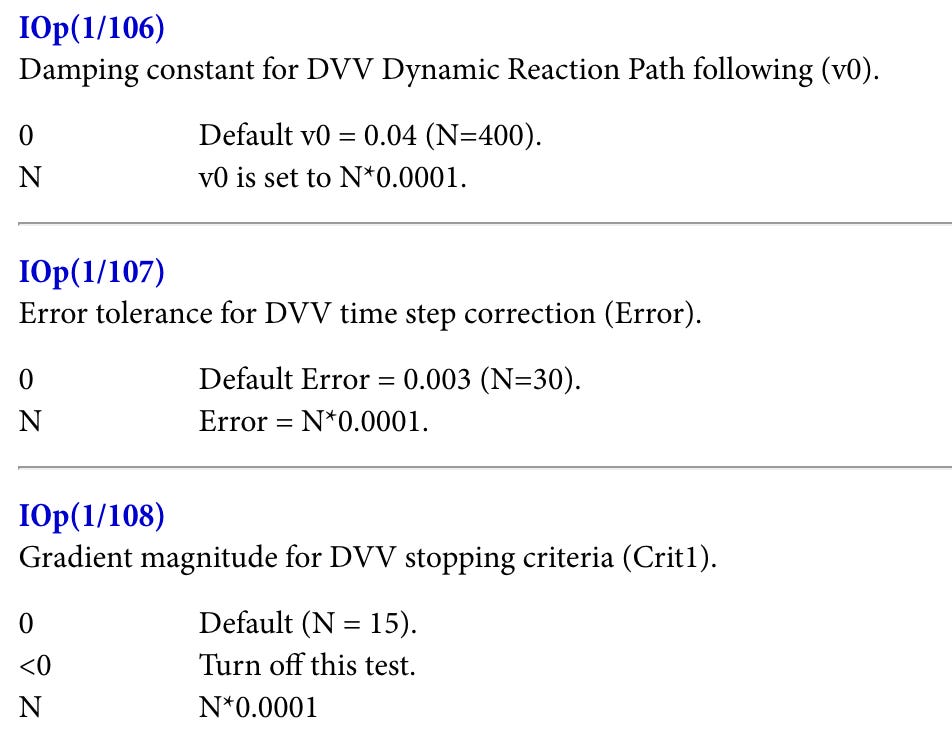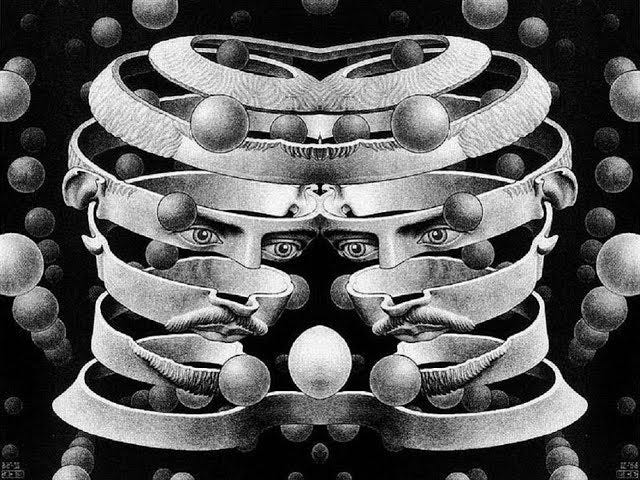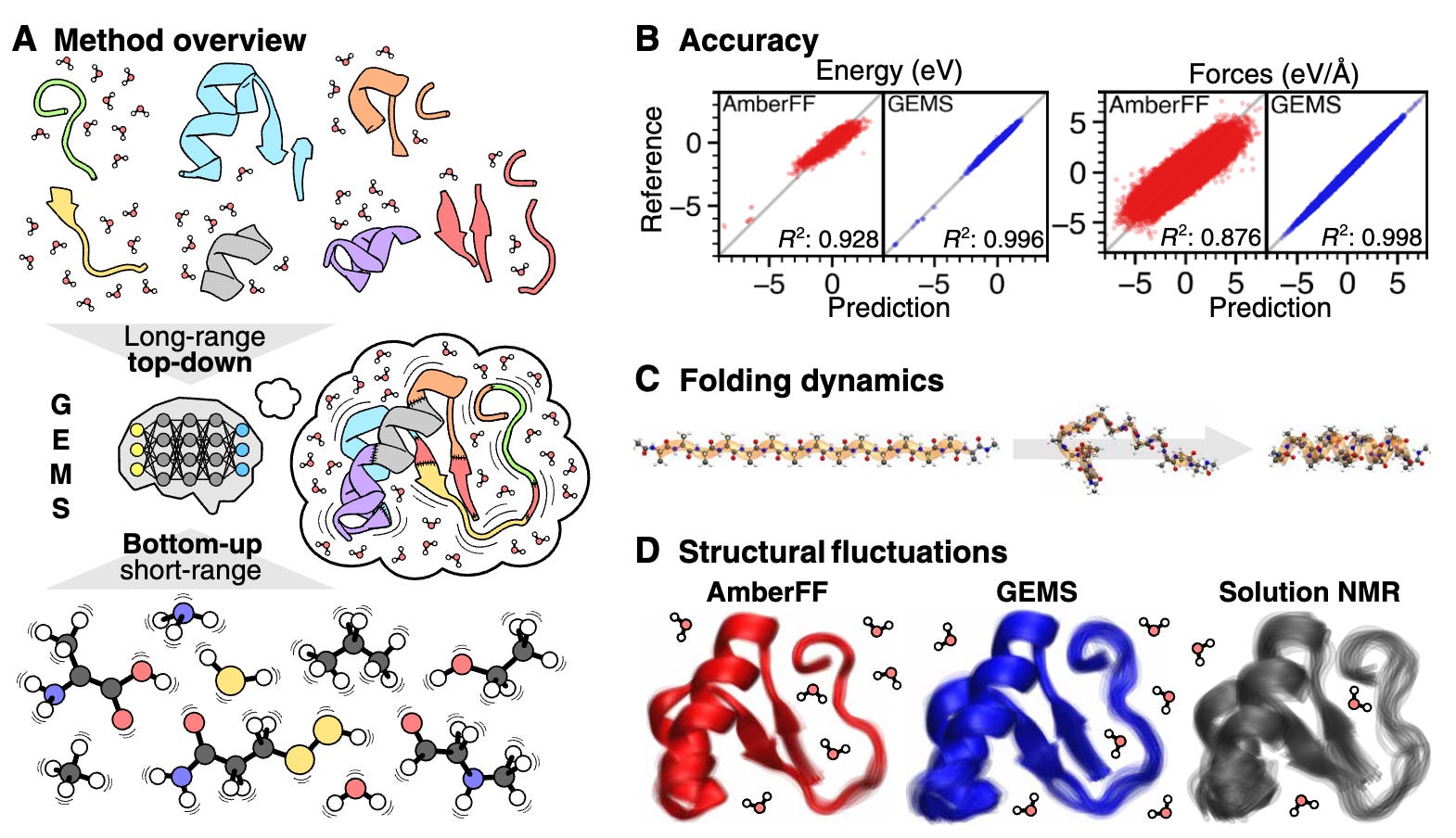
I did not enjoy John Mark Comer’s book The Ruthless Elimination of Hurry.

I did not enjoy John Mark Comer’s book The Ruthless Elimination of Hurry.

In scientific computation, where I principally reside these days, there’s a cultural and philosophical divide between physics-based and machine-learning-based approaches.

With apologies to Andrew Marvell. If you haven’t read “To His Coy Mistress”, I fear this won’t make much sense. Had we but funding enough and time, This coyness, founder, were no crime. We would sit down, and think which way To build, and pass our slow run-rate’s day. Thou by the Potomac’s side Shouldst SBIRs find; I by the tide Of El Segundo would complain.

In 2007, John Van Drie wrote a perspective on what the next two decades of progress in computer-assisted drug design (CADD) might entail.

This post is an attempt to capture some thoughts I have about ML models for predicting protein–ligand binding affinity, sequence- and structure-based approaches to protein modeling, and what the interplay between generative models and simulation may look like in the future.
(This is a bit of a departure from my usual chemistry-focused writing.)
(Previously: 2022, 2023.) #1. Baldassar Castiglione, The Book of the Courier This book gets cited from time to time as a sort of historical guide to "being cool," since the characters spend some time discussing the idea of sprezzatura , basically grace or effortlessness. More interesting to me was the differences between Renaissance conceptions of virtue, character, &

This post assumes some knowledge of molecular dynamics and forcefields/molecular mechanics.
Abhishaike Mahajan recently wrote an excellent piece on how generative ML in chemistry is bottlenecked by synthesis (disclaimer: I gave some comments on the piece, so I may be biased).
I've been playing around with generating non-equilibrium conformations by molecular dynamics recently, and I've been thinking about how to best parse the outputs of a dynamics simulation.

Scientific software can be confusing, particularly when you're doing something that the software isn't primarily intended for.